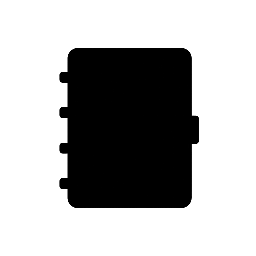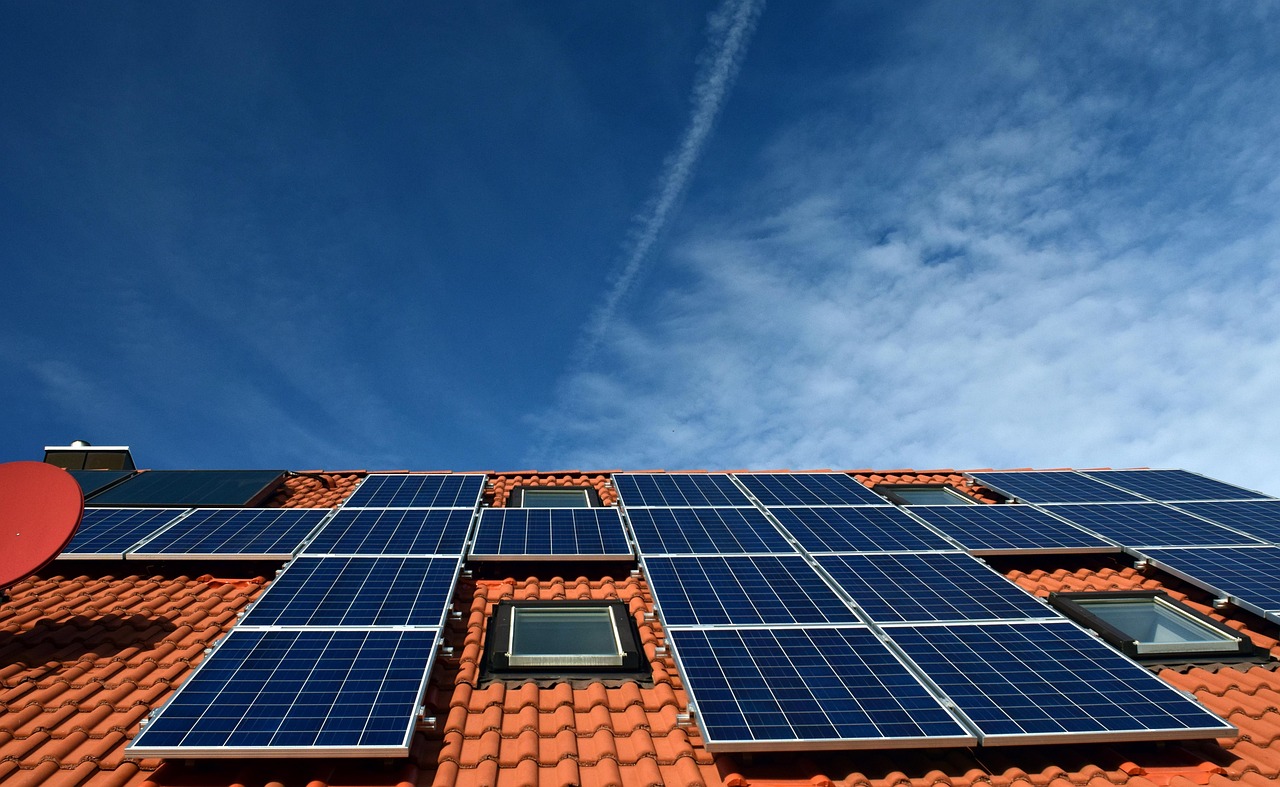Building-integrated photovoltaics BIPV are solar technologies designed to be an integral part of a building’s structure, such as roofs, façades, or windows. Unlike traditional solar panels that are mounted onto buildings, BIPV systems serve a dual function by generating electricity while also acting as a functional building component. This integration allows buildings to produce clean energy without compromising architectural design or functionality.
BIPV systems offer a seamless way to combine energy generation with essential building elements, turning surfaces typically dedicated to protection or aesthetics into power producers. This approach supports sustainability goals by reducing the need for separate solar structures and can enhance energy efficiency directly at the source.
As the demand for renewable energy grows, BIPV is gaining attention for its ability to blend clean power into urban and residential environments naturally. This technology represents a shift in how buildings contribute to energy solutions, making them active participants in reducing carbon emissions.
Overview of Building Integrated Photovoltaics (BIPV)
Building-Integrated Photovoltaics combine solar energy technology with building materials to serve both as a power source and a structural element. These systems integrate directly into the building envelope, offering multifunctional benefits beyond electricity generation.
BIPV includes various components and technologies adapted to fit roofs, facades, and windows. The systems differ in design and application from traditional solar panels, balancing architectural impact with energy function.
What is BIPV?
BIPV refers to solar power systems that are built into the fabric of buildings. Instead of mounting solar panels on top of roofs or walls, these photovoltaic elements replace conventional building materials such as glass, roofing tiles, or cladding.
This integration allows BIPV systems to generate electricity while also serving structural, weatherproofing, or aesthetic functions. It reduces the need for separate building components like siding or skylights and can enhance insulation or shading.
BIPV systems are designed to blend seamlessly, often improving building aesthetics and maximizing available surfaces for energy generation without additional space requirements.
Key Components and Technologies in BIPV
BIPV systems use photovoltaic materials including monocrystalline, polycrystalline, thin-film solar cells, and emerging technologies like bifacial and semi-transparent cells. These advanced cells allow for varied applications, including windows and translucent facades.
Supporting components include mounting mechanisms integrated into structural elements, inverters, wiring, and sometimes energy storage systems tailored for efficient building use. Some BIPV installations also incorporate thermal management or daylighting features.
Technologies focus on balancing energy efficiency with architectural demands. For instance, semi-transparent PV can provide light transmission while generating power, and bifacial cells capture sunlight from both sides.
Types of BIPV Systems
BIPV systems are classified by their building location and function:
- Roof-integrated BIPV: Solar shingles and tiles that replace roofing materials.
- Façade-integrated BIPV: Solar panels or glass embedded in walls or curtain walls.
- Window-integrated BIPV: Transparent or semi-transparent photovoltaic glass serving as windows or skylights.
Each type fits different architectural styles and energy requirements. Roof-integrated systems are common for their large exposure to sunlight, while façade and window types focus on daylighting and aesthetic integration.
Comparison of BIPV and Conventional Solar Panels
BIPV systems replace traditional building materials and serve dual roles, whereas conventional solar panels are mounted separately on existing surfaces. This integration can reduce installation costs related to cladding or roofing.
Conventional panels usually offer slightly higher efficiency because they are optimized purely for solar collection without architectural constraints. However, BIPV systems reduce overall material and labor costs by serving as both a building material and power source.
BIPV also enhances building design flexibility, offering options such as semi-transparent modules and a variety of shapes and colors, which traditional panels lack. However, BIPV may have higher upfront costs due to complexity and customization requirements.
Design, Applications, and Benefits of BIPV
Building-integrated photovoltaics (BIPV) merge solar energy generation directly with building materials and components. This integration involves precise design choices to optimize energy production, architectural function, and visual appeal. The applications vary widely, ranging from roofs and façades to windows and shading devices.
The advantages of BIPV include not only increased energy efficiency but also improved building aesthetics and functional versatility. Performance depends on several factors, including the type of photovoltaic technology and installation methods.
Design Strategies for BIPV Integration
BIPV design involves incorporating photovoltaic cells into building elements without compromising structural integrity. Materials such as semi-transparent glass or flexible solar panels allow for diverse applications across roofs, façades, and windows.
Effective design balances energy production with architectural needs. For example, positioning panels on south-facing surfaces maximizes solar exposure. New bifacial cells can capture sunlight from both sides, increasing efficiency.
Integration requires coordination between architects and engineers to ensure compliance with building codes and optimize electrical connectivity. Digital design tools support precise placement and simulation of energy output, aiding in creating systems that fulfill both power and aesthetic requirements.
Applications in Modern Architecture
BIPV systems are used extensively in both new construction and renovations. Common applications include sloped or flat roofs, curtain walls, skylights, and solar canopies.
Buildings in urban settings benefit from BIPV by reducing reliance on grid power and cutting carbon emissions. Commercial, residential, and institutional buildings alike incorporate BIPV to provide onsite renewable energy.
Innovative façade solutions include semi-transparent modules that function as windows or shading systems, allowing daylight while generating electricity. This dual function helps optimize building envelopes, reducing heating and cooling loads.
Aesthetic and Functional Advantages
BIPV offers a seamless integration of solar technology, enhancing the building’s architectural style rather than imposing visibly distinct panels. Different colors, shapes, and transparency levels allow customization in design.
Besides aesthetics, BIPV contributes structurally by replacing conventional materials such as glass or roof tiles. This reduces material use and lowers overall building weight.
Functionally, BIPV systems can improve insulation and weather resistance depending on the chosen materials. Their integration supports urban sustainability goals by producing clean energy without adding external clutter to buildings.
Energy Efficiency and Performance Factors
The efficiency of BIPV depends on photovoltaic type, orientation, shading, and local climate conditions. Technologies like monocrystalline or bifacial cells offer different trade-offs between cost, durability, and power output.
Proper installation and maintenance are critical to maintain peak performance. Factors like module temperature, angle, and electrical connections influence the system’s energy yield.
Advanced designs incorporate energy storage or smart grid compatibility to optimize use of generated power. This can reduce peak demand on the electrical grid and improve building energy resilience.


Leave a Reply